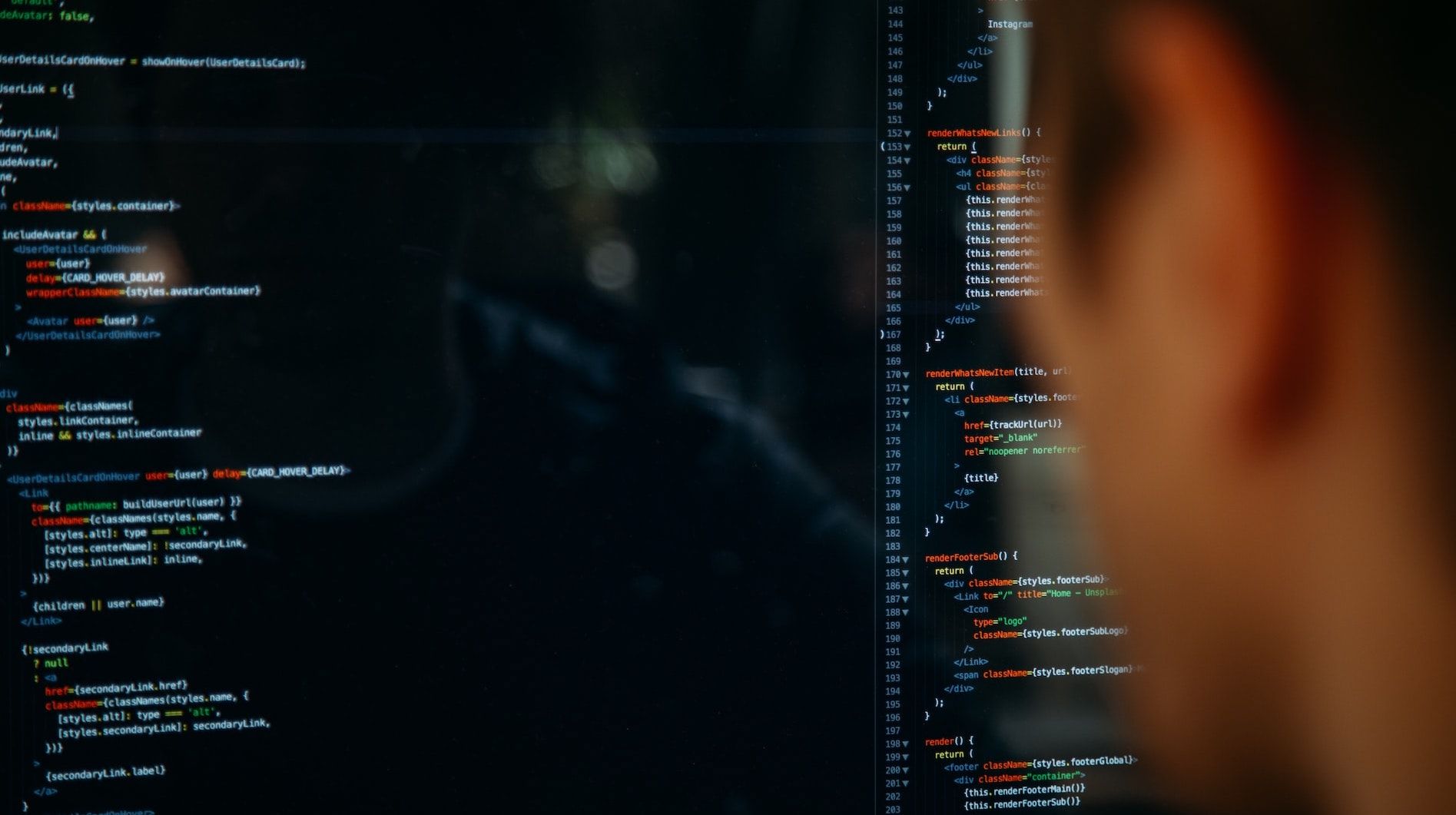Everyone knows that ransomware is scary. And now a clever new ransomware variant, named BlackCat, poses an even greater threat.
Unlike other cyberattacks, BlackCat ransomware operates on a powerful programming language that is hard to decode. What exactly is BlackCat ransomware and what are your chances of preventing it?
What Is BlackCat Ransomware?
BlackCat is a Ransomware-as-a-Service (RaaS) cyberattack model. The perpetrators of BlackCat ransomware compromise data in a system and make monetary demands from the victims in exchange for the data. BlackCat ransomware came on the scene for the first time in November 2021.
The BlackCat isn’t your regular hacker group. It works with affiliates from different cyberattack groups, and offers them as much as a 90 percent payout. This is a big draw since other RaaS programs don’t offer more than 70 percent. Due to the high compensation, hackers from other gangs such as BlackMatter and REvil are eager to work with the BlackCat.
Although BlackCat ransomware is prevalent in Windows, it can also occur in other operating systems.
How Does BlackCat Ransomware Work?
As a ransomware attack, the BlackCat uses a malware-infected email or website link to bait its victims. It's so strong that it spreads across the entire system rapidly.
BlackCat ransomware deploys a triple extortion technique. The attackers identify the weakest link in a system and break in via the loophole. Once inside, they grab its most sensitive data, and decrypt it right in the system. They proceed to alter user accounts in the system’s Active Directory.
Successfully compromising the Active Directory enables BlackCat to configure harmful Group Policy Objects (GPO) to process the ransomware data. Next in line is disabling any security infrastructure within the system to avoid a roadblock. With no security defenses in sight, they go ahead to infect the system with PowerShell scripts.
They have the upper hand, so the attackers proceed to demand a ransom from the victim with a threat to damage the data decryption keys, initiate a distributed denial-of-service attack, or better still (from their point of view), leak the data to the public. Each of these actions puts the victim in a very tight corner. In most cases, they are forced to pay up.
The above scenario isn’t peculiar to the BlackCat; other RaaS attacks adopt the same procedure. But one thing that differentiates BlackCat ransomware is its use of the Rust programming language—a programming technique that reduces error to its minimum. It offers a secure memory to data assets, preventing accidental discharge.
Rust programming language enables the BlackCat to launch the most sophisticated attacks without doing too much. Victims are unable to access the attackers’ system because it’s highly secure.
How to Prevent BlackCat Ransomware Attacks
Since its inception, BlackCat continues to make bold strides in establishing itself as a hacker group not to be messed with. Unlike other attackers that build a data leak website on the dark web, BlackCat built its website on the public domain. They are sending a strong message to their victims to cooperate and pay up; otherwise, they’ll suffer severe losses like other victims published on their site.
All hope isn’t lost. You can take some security measures to secure your applications against BlackCat ransomware attacks.
1. Encrypt Your Data
Data encryption operates on the premise that, even if unauthorized users access your data, they won’t be able to compromise it. And that’s because your data is no longer in plaintext but in ciphertext. Once data transforms from non-encrypted to encrypted, you need encryption keys to access it.
Modern encryption technology has further tightened the security of encrypted data. It uses algorithms to ensure data authentication and integrity. When a message arrives, the system authenticates it to ascertain its origin, and verifies its integrity by checking it for any alterations.
Data encryption allows you to encrypt both data at rest and data in transit. That means that, if ransomware leaks your data, it should still be unreadable.
2. Implement Multi-Factor Authentication
Creating strong passwords is a part of a healthy cybersecurity culture. The stronger the password, the more difficult it is to crack. But BlackCat attackers aren't novices when it comes to figuring out passwords with brute force attacks and the like.
Even after creating strong passwords, go further by implementing Multi-Factor Authentication (MFA). It requests two or more verification credentials before users can access your system.
A common multi-factor authentication element is a One-Time Password (OTP). If the BlackCat hacks your password, they’ll need to provide the OTP that your system generates and sends to a phone number, email, or any other application that you have already connected to the process. If they don’t have access to the OTP, they won’t be able to log in.
3. Install Updates
Maintaining cybersecurity is a continuous activity. As developers create apps with strong security, hackers are working to find loopholes in those systems. And so developers continue to update systems to tighten loose ends.
It’s important that you install any updates to the operating systems and apps you use. Failure to do so exposes you to cyber threats that attackers could exploit to initiate a ransomware attack on you.
It's easy to forget to install updates. To prevent that from happening, have a calendar for updating your devices periodically, or set automated reminders.
4. Adopt Access Control Systems
The easiest way to fall for BlackCat ransomware attack is to leave your network’s doors open to everyone. You’ll enjoy the dividends of a stronger cybersecurity system when you adopt an access control system that monitors traffic to your network, notably the people and devices that want to gain access.
An effective access control system uses authentication and authorization procedures to examine users and devices, ensuring that they are harmless before letting them through your application. With such a system a place, attackers will have a hard time hacking your system.
5. Back Up Your Data
With the rising rate of data breaches, it’s prudent to take measures to handle possible attacks on your system. And one sure way to do that is to back up your data by transferring it from its primary storage to secondary storage. Then separate the secondary storage system from the primary, so if the latter is compromised, the former isn't infected too. If anything happens to the primary data, you’ll have the secondary data to fall back on.
You can back up your data in various locations including hardware devices, software solutions, cloud services, and hybrid services. Cloud backup services offer numerous benefits and security features that aren’t available with traditional backup solutions. If you want to combine traditional solutions with cloud solutions, you can do that with hybrid backups.
Prevent BlackCat Ransomware With a Proactive Approach
The existence of a powerful hacking group like the BlackCat shows the value of sensitive data. But no matter how efficient the attackers may be, their chances of hacking your system are lowered if you take the necessary precautions.
Prioritize the security of your digital assets by implementing cyber defenses beforehand. Be ahead of the BlackCat by anticipating their attack and setting up preventative measures to block loopholes in all entry points.




